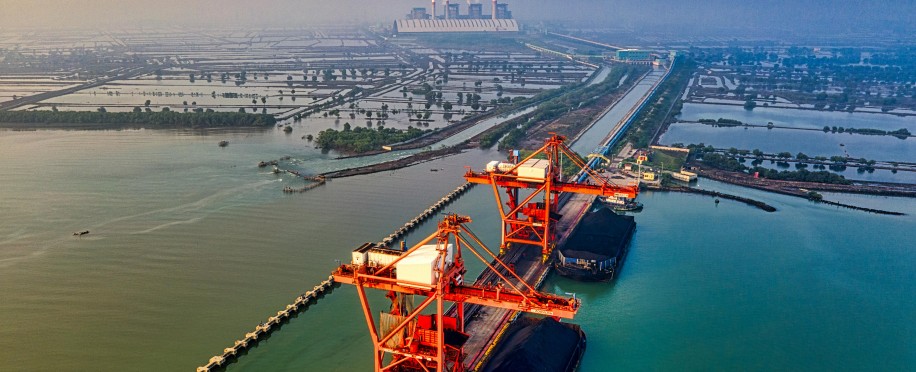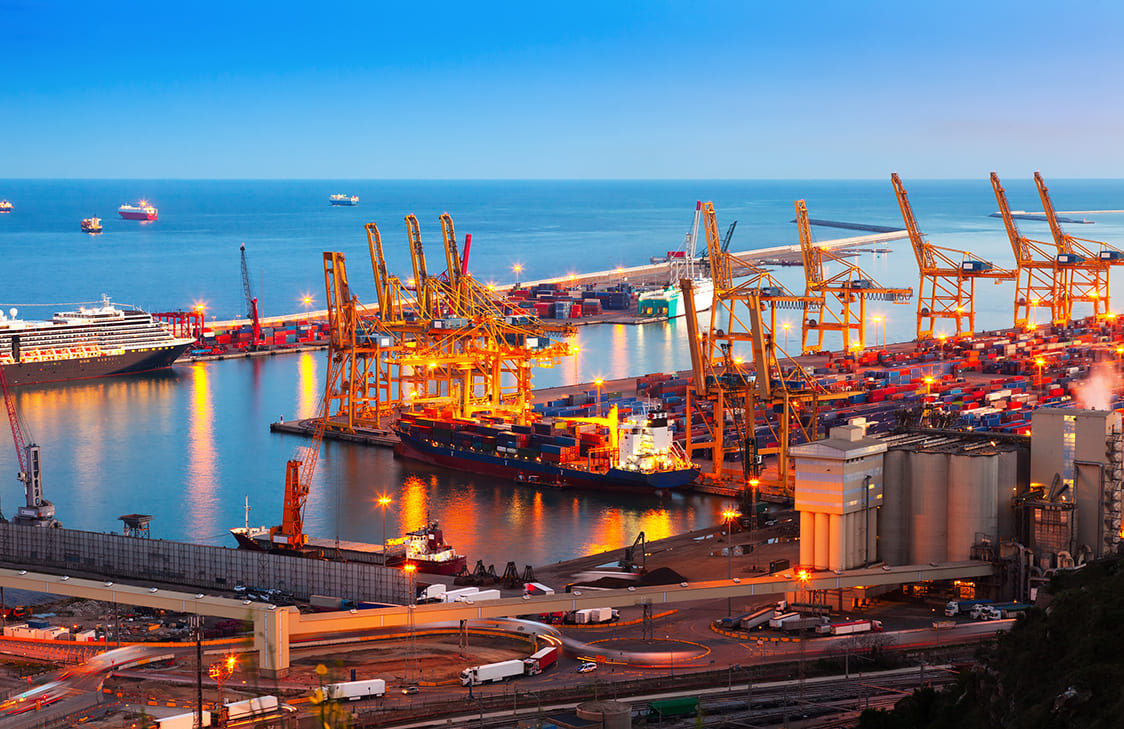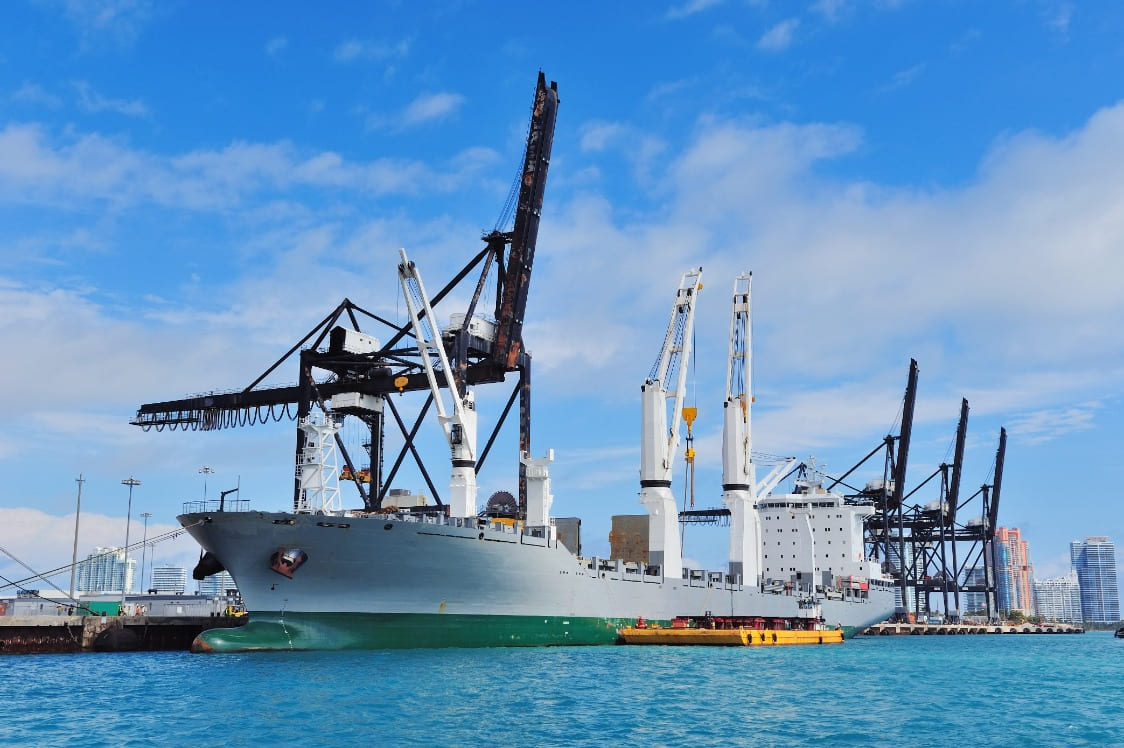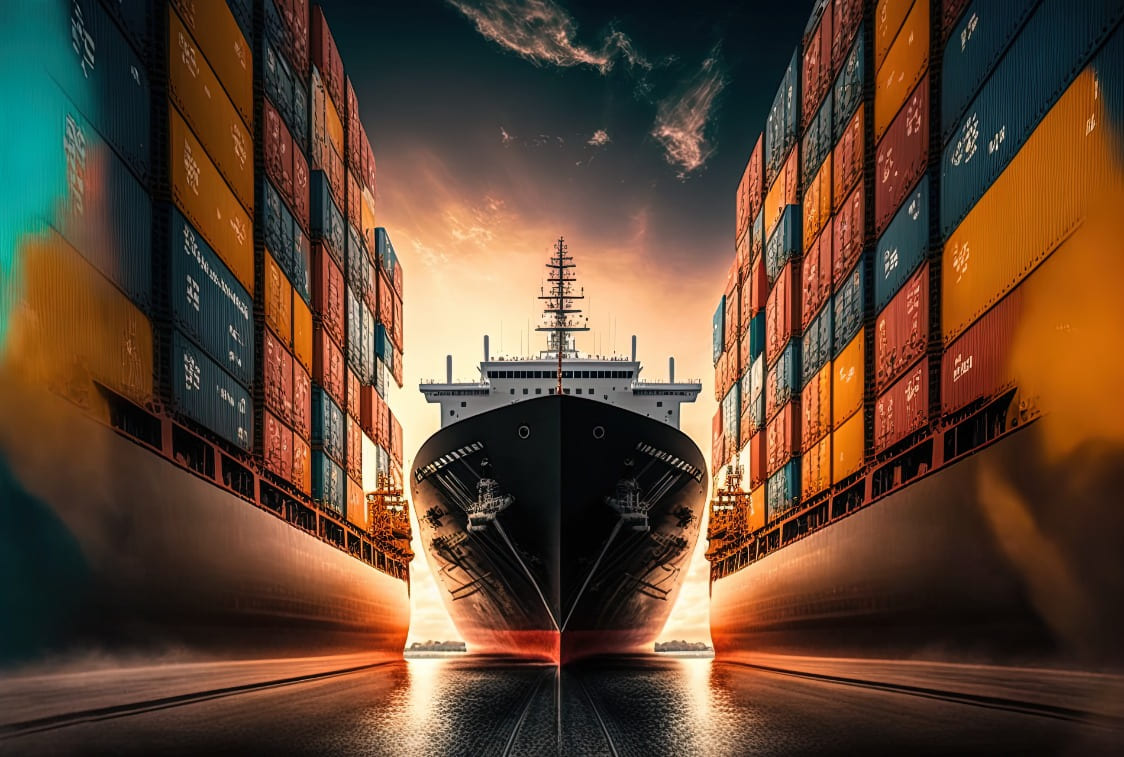How Dry Ports Improve Supply Chain Efficiency and Reduce Congestion

Posted on Mar 16, 2025 at 11:03 PM
In the growing world of trade, dry ports have become a vital component of global supply chains. But have you ever wondered about their true role? If you're facing challenges in moving goods smoothly or experiencing shipment delays, the solution may be closer than you think. Dry ports serve as a vital link between seaports and inland regions, facilitating rail and road movement, helping alleviate bottlenecks at seaports, and improving logistics efficiency.
With the increase in global trade volume, the role of dry ports has become more important than ever. These facilities are not limited to storage alone; they play a major role in facilitating customs procedures, reducing costs, and speeding up the movement of cargo to final destinations. So, how can these inland terminals make a difference in international trade and transportation? Read on to discover the details.
Core Functions of Dry Ports
Dry ports play a key role in improving the movement of freight from seaports to inland destinations by providing a range of vital services that enhance the smooth operation of logistics networks—an area extensively covered in Maritime courses Dubai.
Cargo Handling and Warehousing:
Dry ports have advanced warehousing systems that ensure the safe management of containers, bulk and breakbulk shipments. They also improve cargo operations, reducing spoilage and ensuring on-time delivery of products.
Rapid Regulatory Clearance:
One of the most crucial roles of dry ports is to facilitate regulatory clearance by inspecting container shipments, authenticating documents, and ensuring compliance with regulations. This without doubt enhances the ability of supply chains to operate efficiently, leading to reduced delays at connected seaports and ensuring goods reach local and global markets smoothly. These processes are designed to streamline trade operations, benefiting every client based in inland regions.
Intermodal Transportation:
Dry ports serve as a centre for intermodal logistics, where cargoes are linked from sea to rail, road, or waterway movement. So, this system optimizes yard operations, reduces land transport distance, lowers costs and enhances environmental sustainability. Many of these ports are established to streamline logistics efficiency.
Connecting Seaports to the Inland Regions:
Strategically located, dry ports improve access to hinterland markets. For instance, Riyadh Dry Port is a key gateway, linking Saudi Arabia to the global trade network.
Supporting Global Trade:
With modern monitoring technologies, dry ports provide shippers with real-time data, thus ensuring efficient cargo movement and supply chain management. This is particularly beneficial in emerging economies, where dry ports play an essential role in cross-border trade operations.

The Role of Dry Ports in the Global Supply Chain
Reducing Seaport Bottlenecks
Be sure, key seaports, such as Mundra Port and Dammam Port, suffer from severe bottlenecks, leading to increased costs. Dry ports act as a temporary solution by handling excess cargo, improving logistics efficiency, and alleviating pressure on port terminals.
Facilitating Cross-Border Trade
Dryports function as integrated logistics hubs, allowing a country to handle export and import operations efficiently in a single location. For example, in India and China, dry ports like Bihta ICD simplify cross-border trade.
Promoting Commercial Growth
By enhancing growth and creating jobs, dry ports contribute to economic progress. In countries like England, Nigeria, and Thailand, investment in the largest inland terminal projects, including extended logistical networks, has strengthened the trade ecosystem.
Improving Environmental Sustainability
By shifting cargo from road to railway and waterways, dry ports minimize pollution and fuel consumption. A good example is the Niger River, where navigable route logistics helps lower emissions.
Warehousing and Distribution operations
Dry ports serve as logistics hubs, storing oil, liquid, and dry bulk cargo before delivery to ultimate destinations. These systems offer standardized solutions such as packaging, handling, charging operations, and dry docking capabilities.
Challenges and Opportunities in Operating Dry Ports
Despite their many benefits, dry ports face challenges such as funding, infrastructure development, and integration with seaports. However, investments in projects like PSW in Pakistan and Telangana Dry Port in South Asia show the increasing interest in expanding dryport networks.
Moreover, advancements in tracking technologies, multimodal transport systems, as well as terminal operations are further optimizing the implementation of dry ports, making them a key pillar of modern logistics ecosystems.
Eventually,
Dry ports have undoubtedly become essential to the global supply chain, improving transportation efficiency, reducing costs, and enhancing trade operations. Whether you're an importer, exporter, or logistics manager, understanding the role of dry ports gives you a competitive advantage in the evolving shipping industry.



